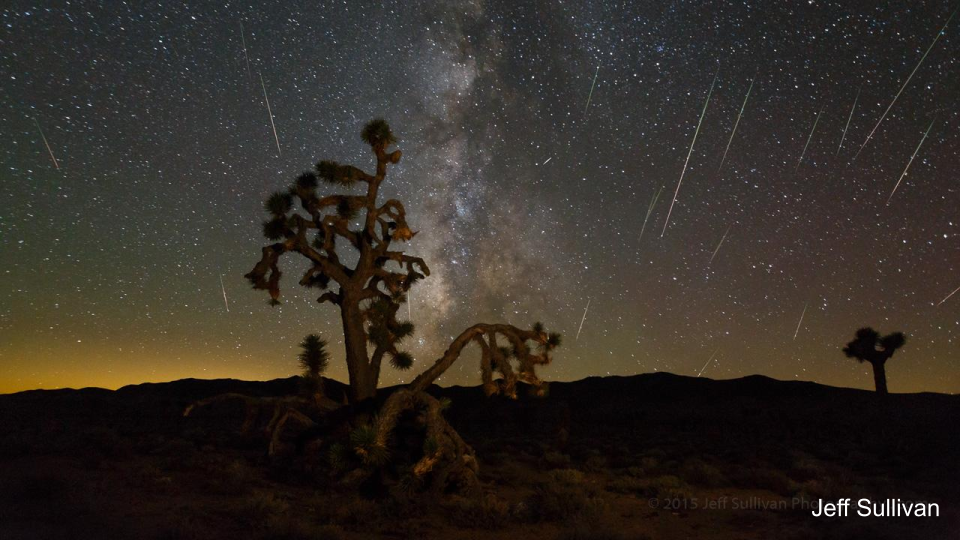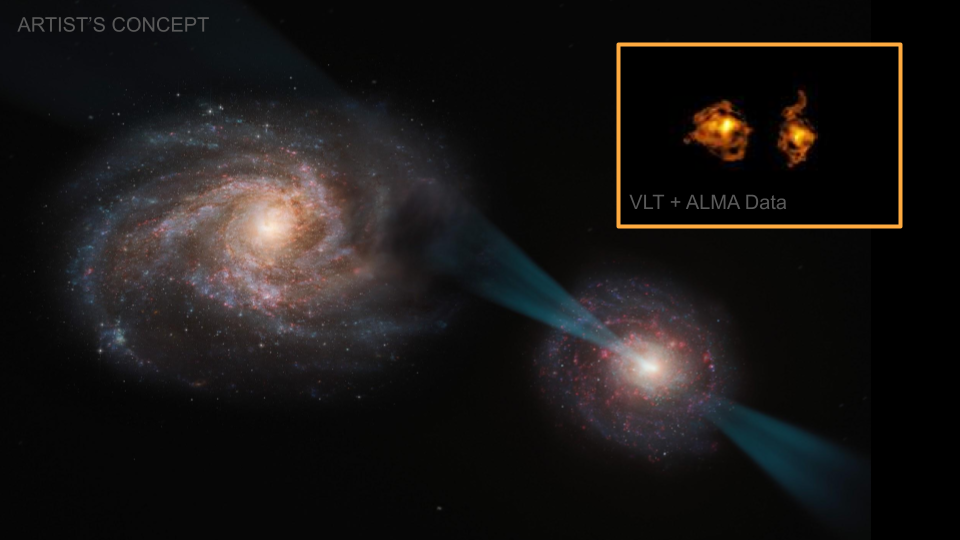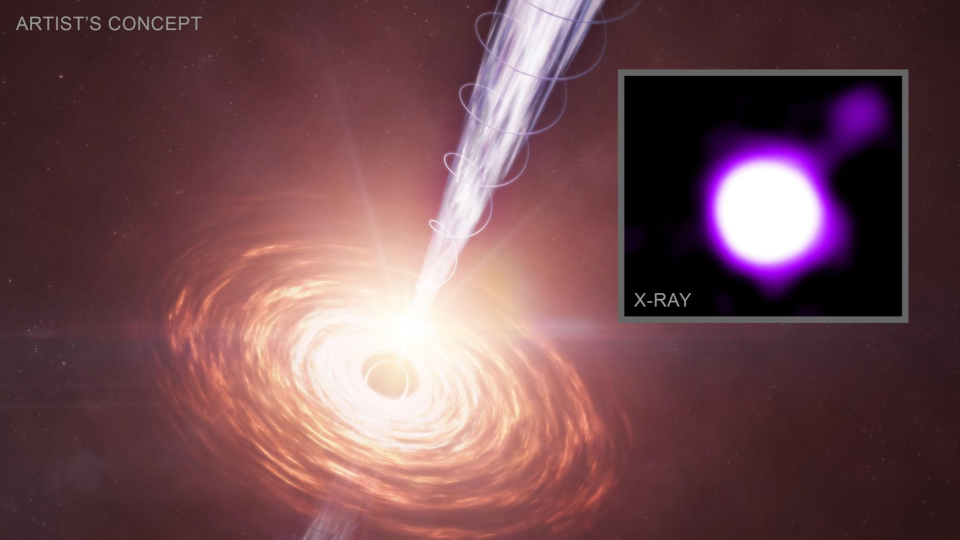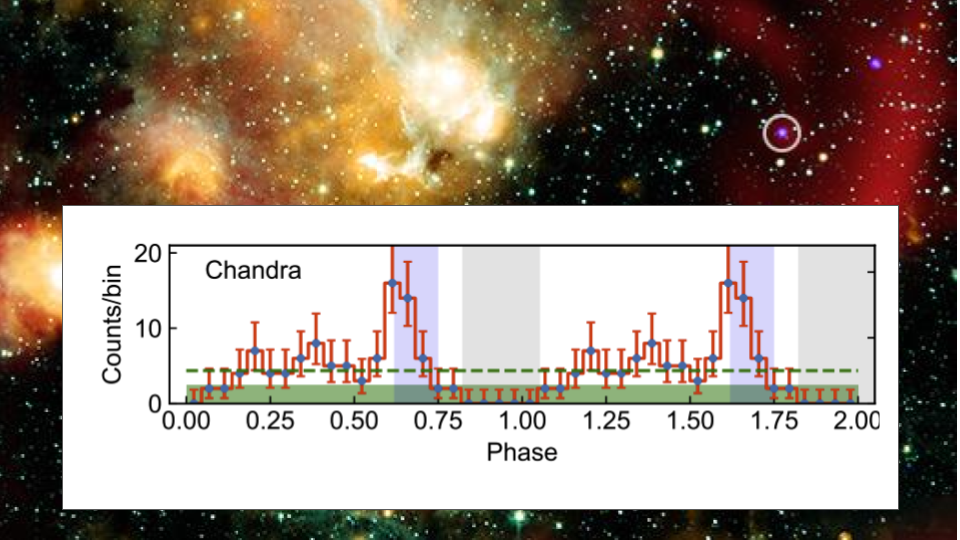The Perseids are best viewed on August 12 and 13 but can be seen from now through August 24 as the Earth passes through debris left behind by comet Swift-Tuttle. Overlapping with the bright Perseids is the Southern Delta Aquarid meteor shower, which peak on July 30 but are visible until August 21. The source of this meteor shower isn’t known for certain. Both showers are best seen late at night, but I’m going to issue you a challenge. Saturday August 23 is the new moon. That night, and the nights around it will be moonless. I want you to go out at Sunset, and watch as the sky darkens, let...











